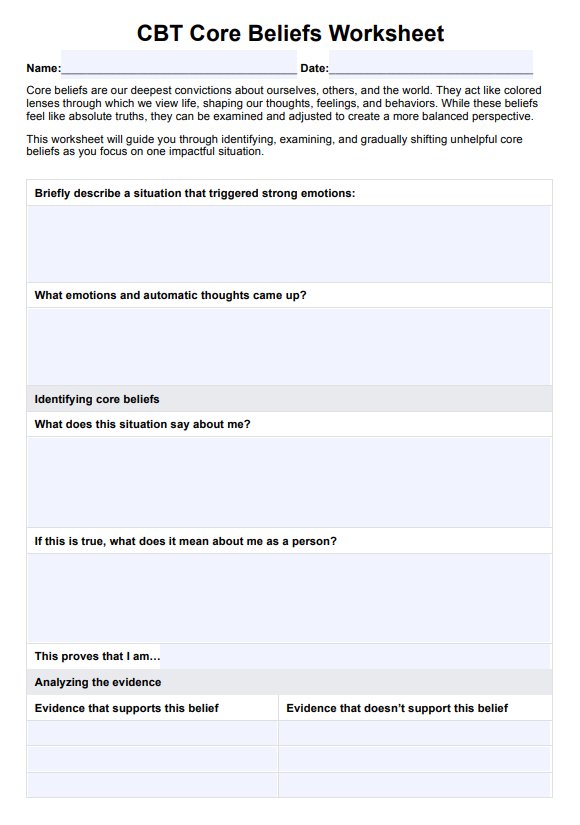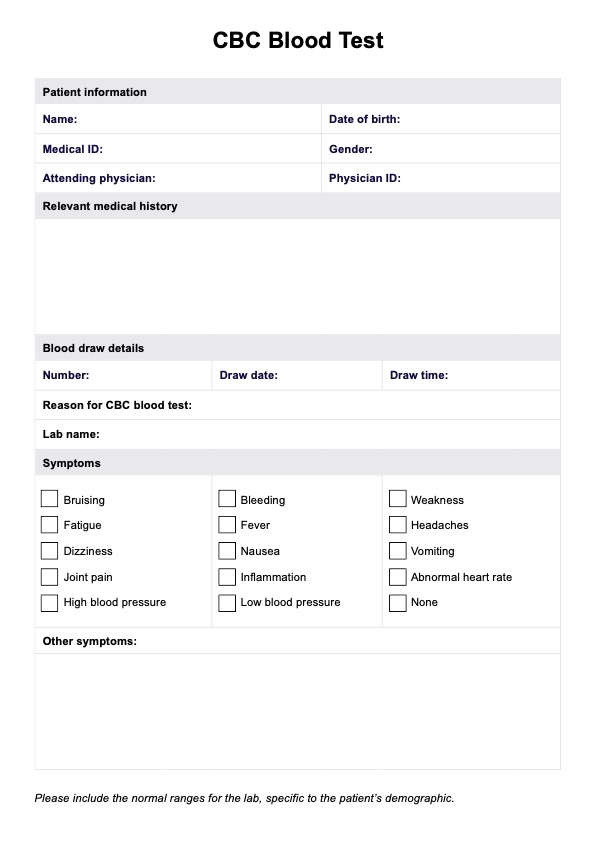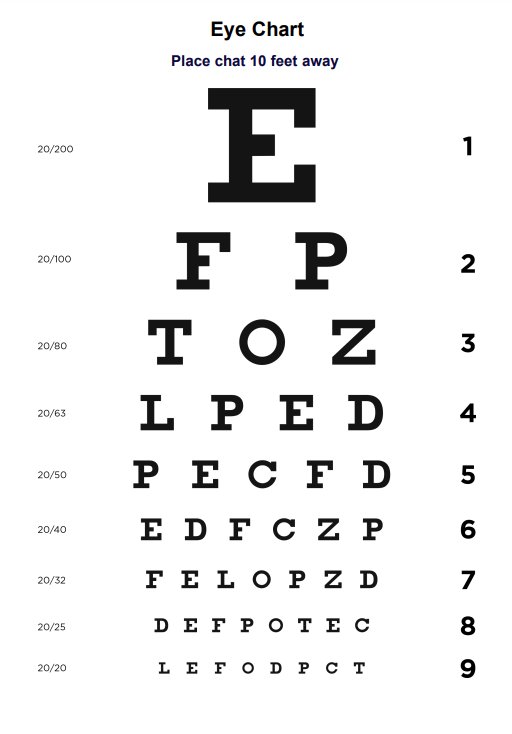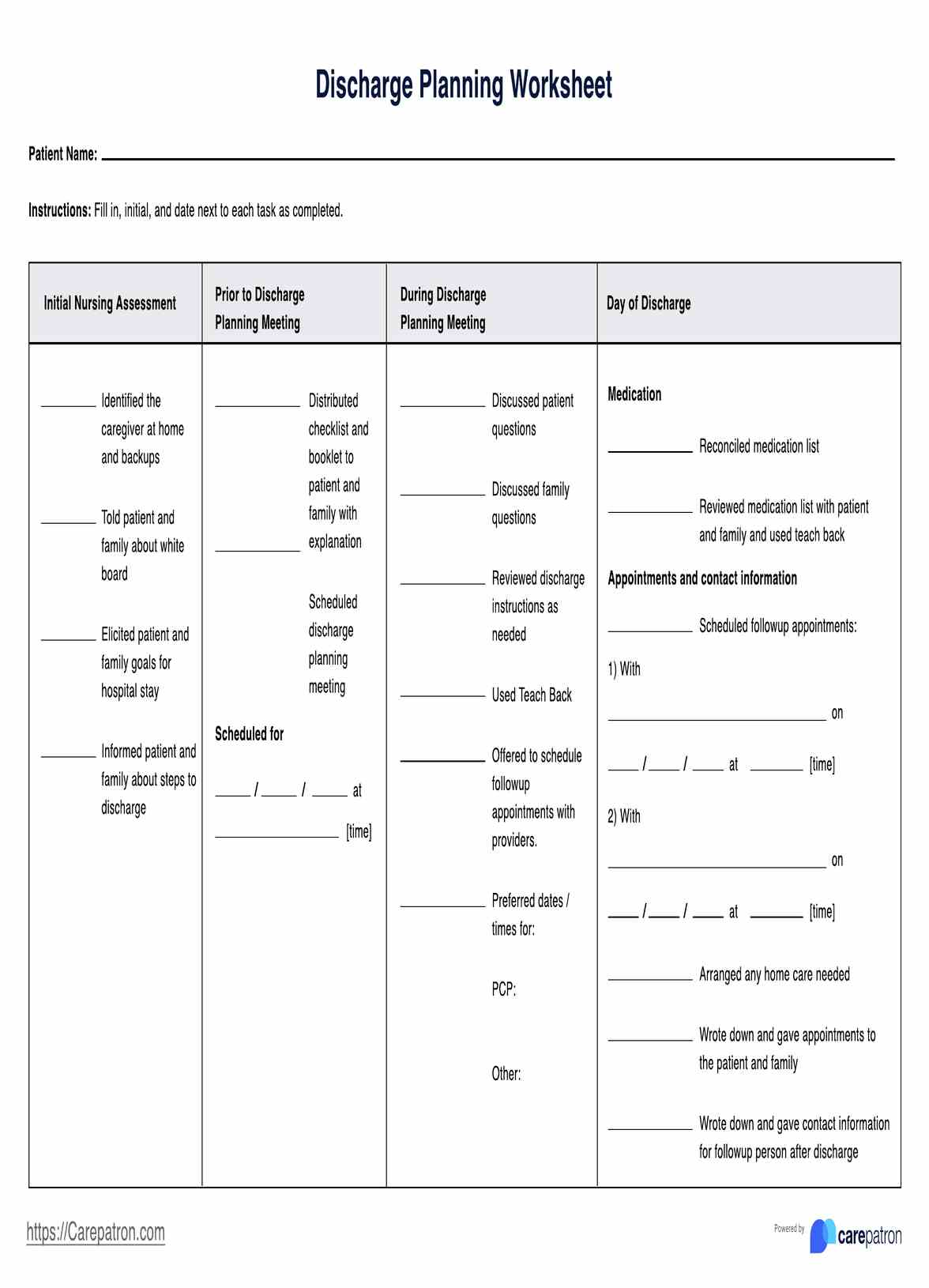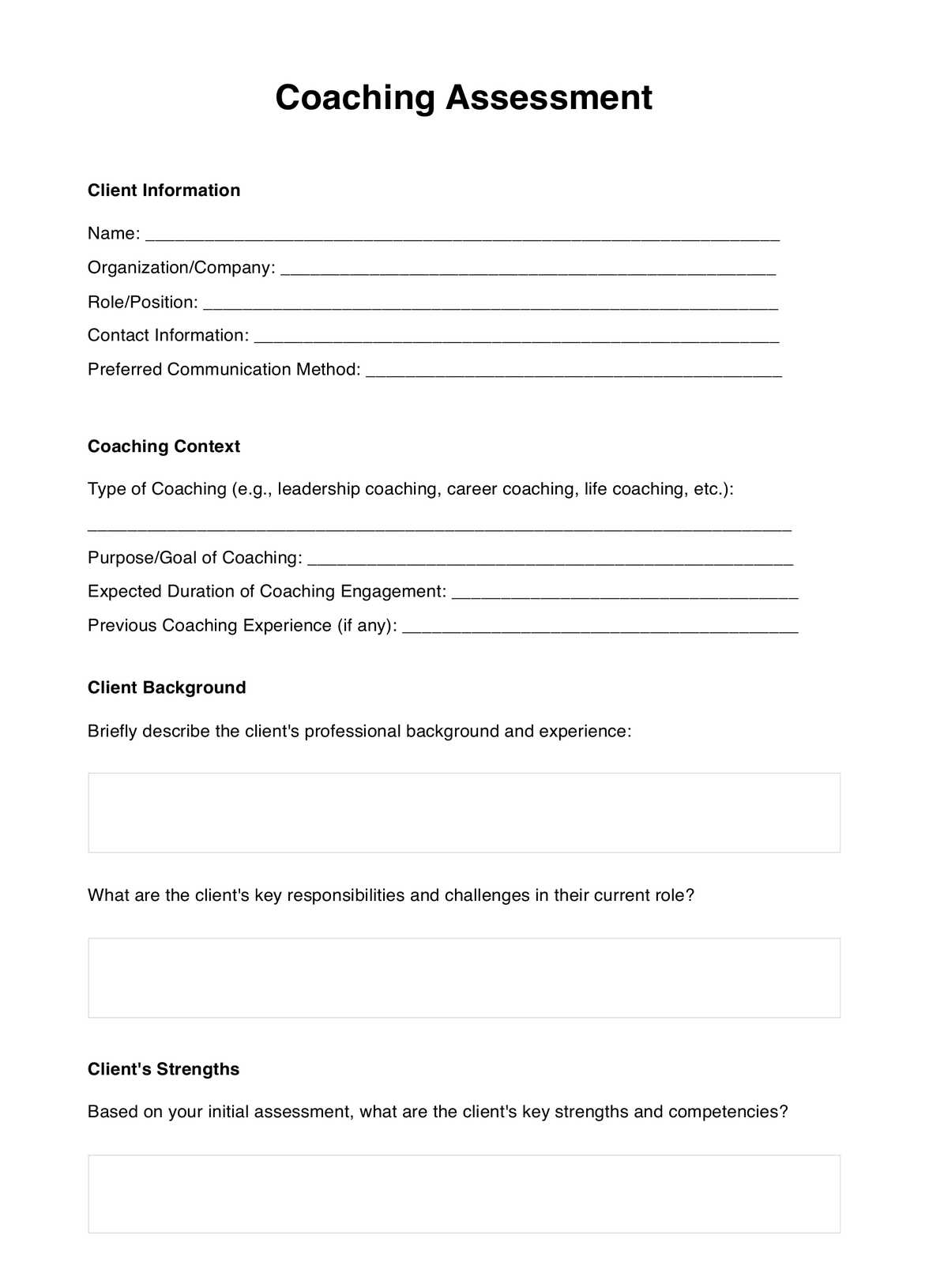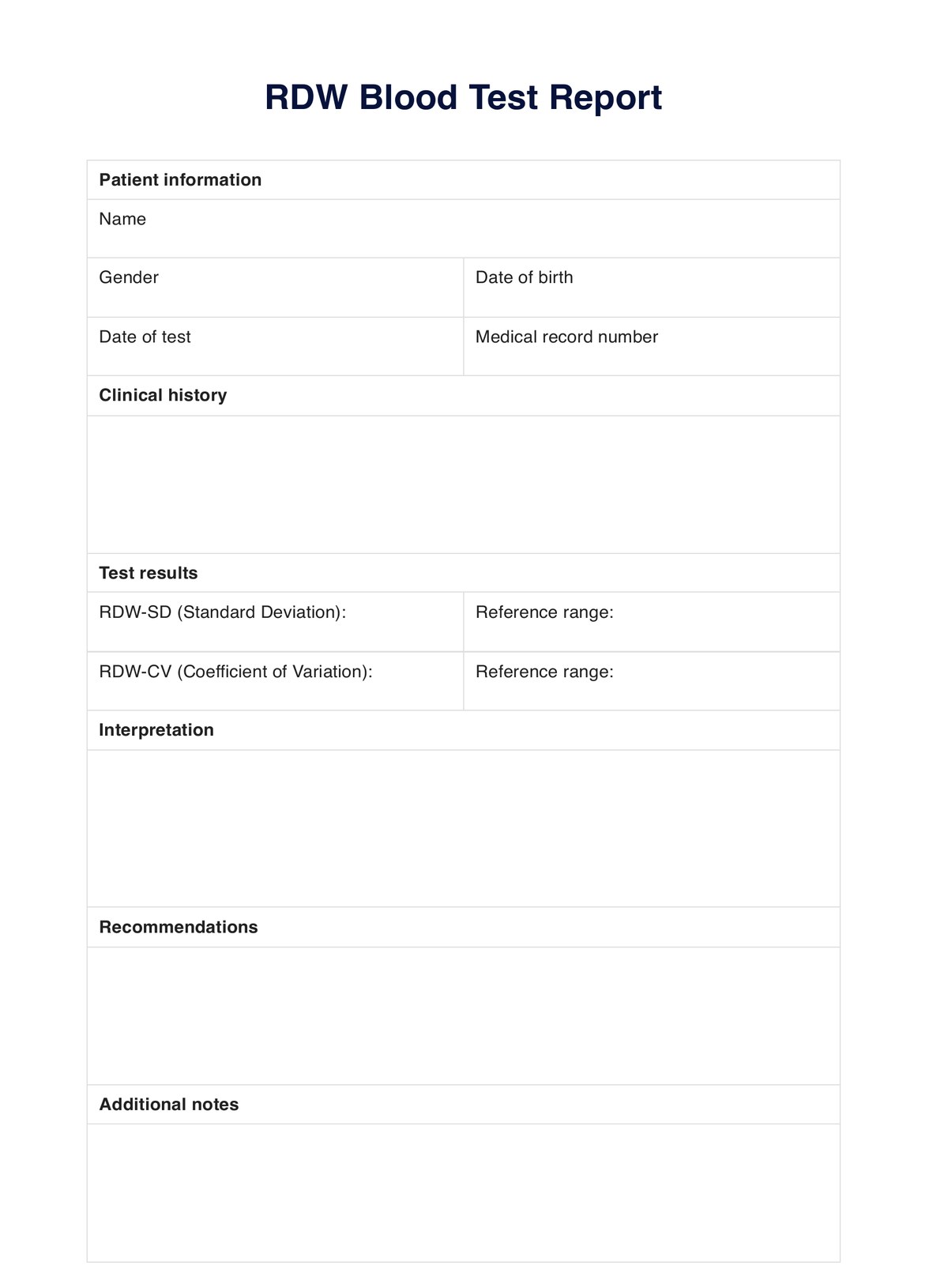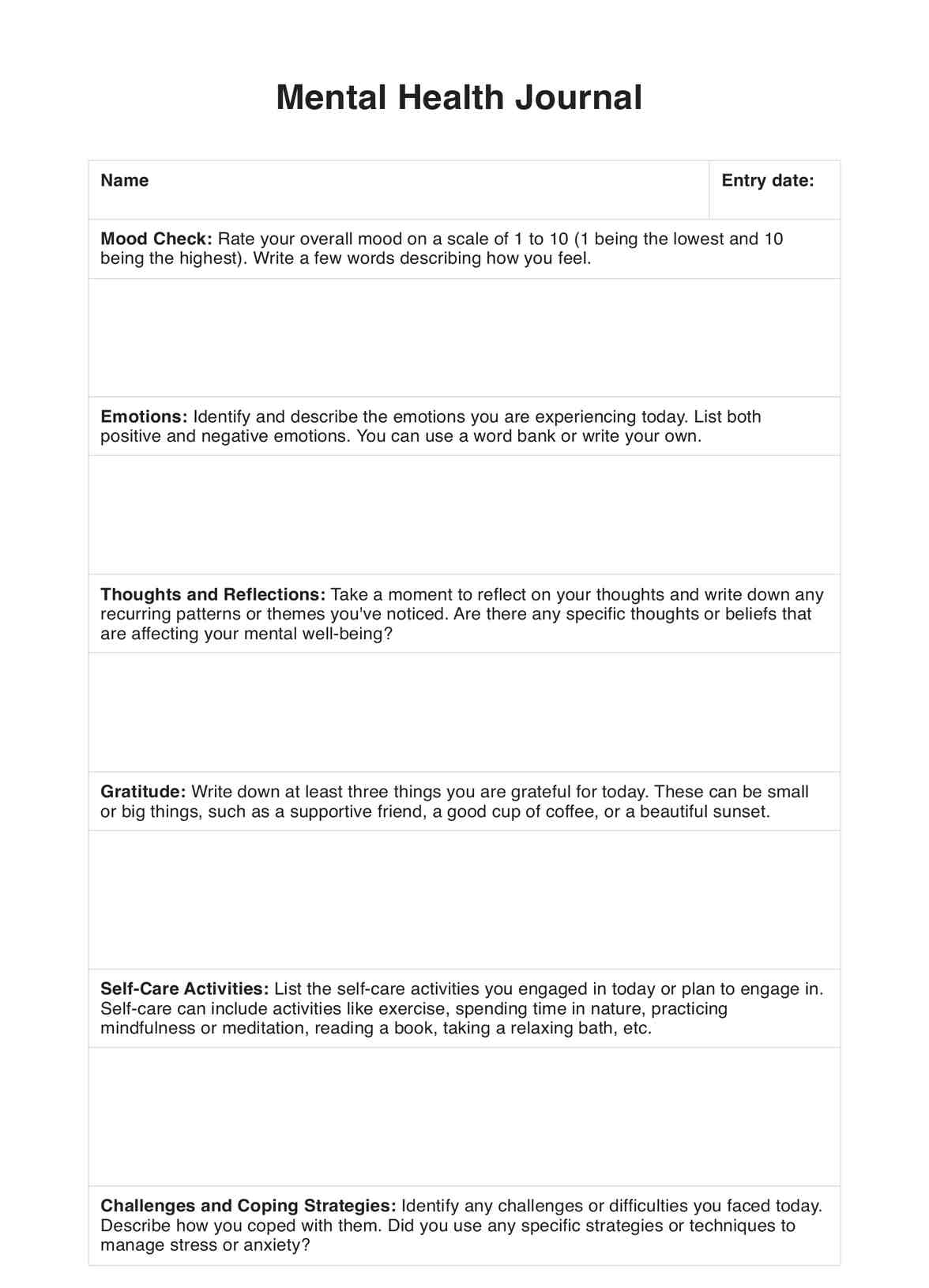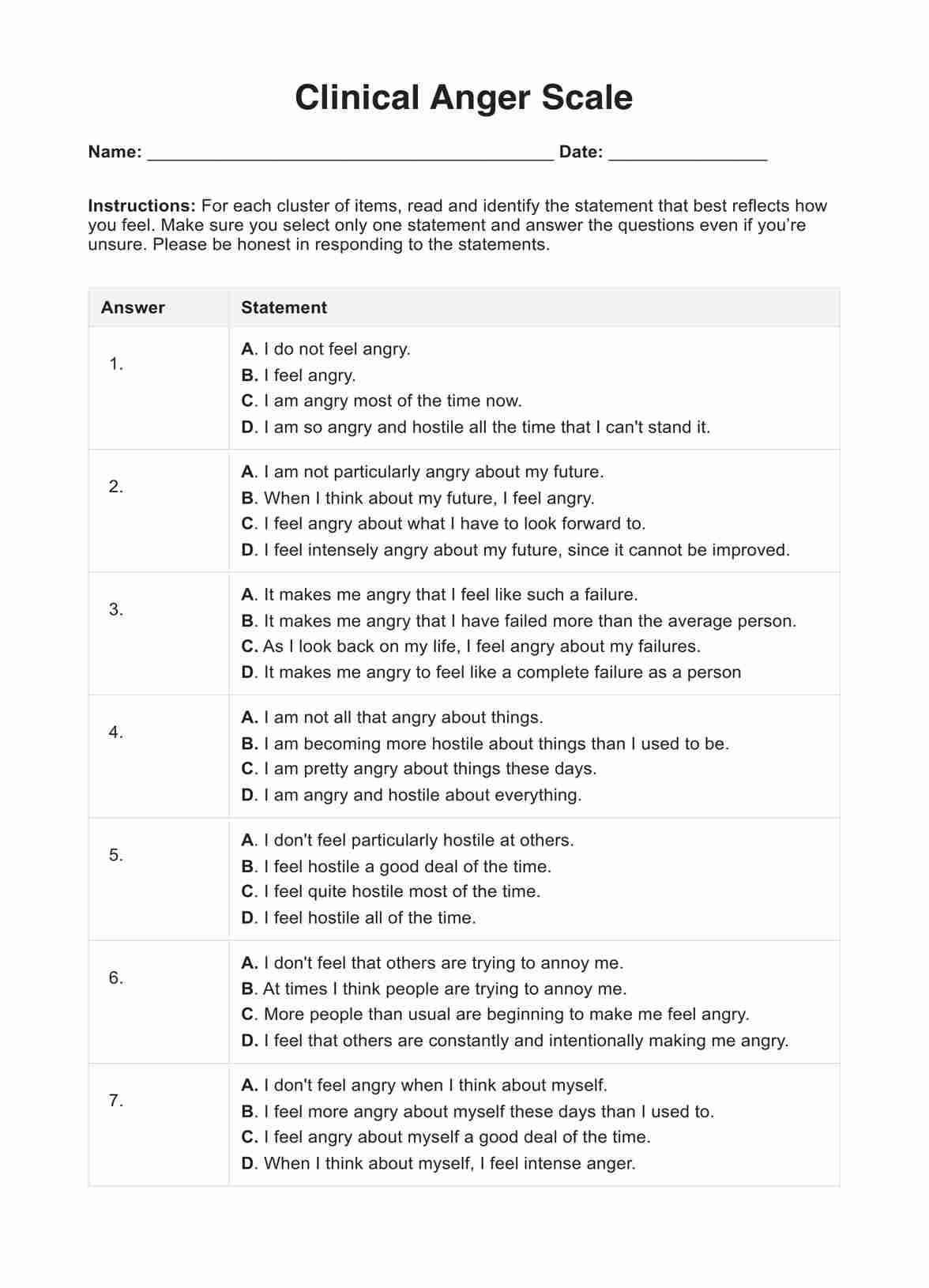Counseling Theories Comparison Chart
Explore a tool to differentiate counseling theories and select approaches that can work best for each unique client.


What is occupational therapy?
Occupational therapy (OT) helps people of all ages regain or improve their ability to do daily activities they need and want to do. This could be anything from getting dressed and preparing meals to managing finances or participating in hobbies.
For people with cognitive impairments like mild cognitive impairment (MCI), occupational therapists (OTs) play a crucial role. They use specialized assessments to evaluate memory, attention, problem-solving, and other thinking skills. These assessments go beyond just tests; OTs also observe how people perform daily tasks to see how their cognitive skills impact their everyday lives.
Once an OT understands a person's strengths and challenges, they create a personalized plan. This plan might include:
- Brain-training exercises to improve specific cognitive skills.
- Changes to the environment to make daily tasks easier, such as using organizers or installing grab bars in the bathroom.
- Learning new strategies to compensate for cognitive difficulties, like using a pill organizer or setting reminders on a phone.
Working with an OT allows people with cognitive impairments to live fuller, more independent lives.
Counseling Theories Comparison Chart Template
Counseling Theories Comparison Chart Example
Examples of OT Cognitive Assessments
Occupational therapists (OTs) utilize various cognitive assessments to evaluate cognitive abilities comprehensively and inform intervention planning for individuals with cognitive impairments. Here are examples of OT cognitive assessments along with their purposes:
SLUMS test
The SLUMS test is a brief cognitive screening tool to assess various cognitive domains, including attention, memory, language, and executive function. Its purpose is to detect mild cognitive impairment (MCI) or dementia in individuals who may not score low enough on traditional cognitive assessments like the Mini-Mental State Examination (MMSE).
The SLUMS test helps occupational therapists identify cognitive deficits and tailor intervention strategies to address specific areas of impairment effectively.
CAM-ICU
CAM-ICU is a validated tool used to assess delirium in critically ill patients. Occupational therapists often administer this assessment in acute care settings to detect acute changes in cognitive status and provide timely interventions to manage delirium. By using CAM-ICU, OTs can identify cognitive impairments early, facilitating appropriate treatment and preventing complications associated with delirium.
Short blessed test (SBT)
The Short blessed test is a cognitive screening tool designed to assess memory and orientation quickly. Occupational therapists may use the SBT to detect cognitive impairments, particularly in older adults, and determine the need for further evaluation or intervention. This assessment aids OTs in identifying individuals at risk for cognitive decline and implementing early interventions to mitigate functional limitations associated with cognitive impairment.
Mini-mental state examination
The MMSE is a widely used cognitive screening disability assessment tool that assesses various cognitive domains, including orientation, memory, attention, and language. Occupational therapists administer the MMSE to evaluate cognitive function, monitor changes over time, and guide treatment planning for individuals with various mental health impairments.
What is the Kettle Test?
The Kettle Test is a functional performance assessment tool commonly used by occupational therapists to evaluate an individual's ability to perform complex daily activities, particularly those involving instrumental activities of daily living (IADLs).
Developed by Gitlin, Winter, Dennis, Hodgson, and Hauck (2010), the Kettle Test assesses cognitive and functional skills required for completing a real-life task—making a cup of tea or coffee. This assessment provides valuable insights into a person's executive function, planning, problem-solving, memory abilities, and motor and process skills, all essential for independent living.
According to the American Occupational Therapy Association (2010), the Kettle Test aligns with the profession's holistic approach, focusing on improving individuals' participation in meaningful occupations. Occupational therapists often integrate the Kettle Test into comprehensive cognitive geriatric assessments to better understand an individual's abilities and challenges.
By incorporating evidence-based assessment tools like the Kettle Test and the Neurobehavioral Cognitive Status Examination (Cognistat), occupational therapists or therapists can tailor intervention plans and enhance clients' performance and satisfaction in daily activities.
How do you interpret the results of the Kettle Test?
Interpreting the results of the Kettle Test involves assessing the individual's performance in various aspects of the task, including preparation, execution, and completion.
Interpreting the results of the Kettle Test involves:
- Assessing the individual's performance in various aspects of the task.
- A score of 0 indicates significant difficulty or inability to complete the task independently.
- A score of 1 signifies partial completion with frequent cues or prompts.
- A score of 2 reflects independent completion of the task with minimal cues.
- These scores provide insights into executive function, problem-solving, attention to detail, and safety awareness.
- The Kettle Test helps occupational therapists identify areas for intervention.
- It informs personalized treatment plans to promote optimal daily living skills.
How does our Kettle Test template work?
Our Kettle Test template offers a structured approach for occupational therapists to assess an individual's functional autonomy, cognitive ability, and ability to perform a daily task. Here's how it works:
Step 1: Preparation
Therapists gather necessary items such as a kettle, water, tea bags or coffee grounds, a mug, a spoon, sugar, and milk. This step ensures that all required materials are readily available for the assessment.
Step 2: Task explanation
Therapists explain the task to the individual, providing clear instructions for making tea or coffee independently. This step ensures understanding and sets expectations for the assessment process.
Step 3: Task execution
The individual proceeds to execute the task, following the outlined steps of filling the kettle, brewing the tea or coffee and adding sugar and milk as desired. Therapists observe the individual's performance, noting any difficulties or challenges encountered.
Step 4: Finishing touches
Once the task is completed, therapists assess the individual's ability to dispose of used tea bags, place utensils in the sink, and clean up the workspace. This step evaluates attention to detail and safety awareness.
Step 5: Scoring and interpretation
Based on the individual's performance, therapists assign a score ranging from 0 to 2, indicating independence in completing the task. Scores are interpreted to identify areas of strength and areas needing intervention, informing comprehensive OT evaluations and personalized treatment plans.
What are the benefits of conducting a Kettle Test?
The Kettle Test is a valuable assessment tool occupational therapists use to evaluate individuals' functional autonomy and cognitive abilities. Its benefits extend beyond assessment, impacting treatment planning and enhancing clients' independence in daily activities. Here are its benefits:
- Comprehensive assessment: The Kettle Test provides a holistic evaluation of cognitive abilities and functional autonomy, aiding in identifying strengths and weaknesses in areas such as executive function and problem-solving skills.
- Functional relevance: By assessing the individual's ability to perform a real-life task like making tea or coffee, the Kettle Test offers insights into their capacity to manage everyday activities independently.
- Early detection: Conducting the Kettle Test allows for the early detection of cognitive impairments, enabling timely intervention to address deficits and prevent further decline in mental function.
- Tailored interventions: Results from the Kettle Test guide the development of personalized intervention plans, including cognitive rehabilitation techniques and environmental modifications, to enhance daily living skills and independence.
- Objective measurement: The standardized scoring system of the Kettle Test facilitates objective measurement of the individual's performance, enabling comparison over time and evaluation of treatment effectiveness.
References
American Occupational Therapy Association. (2010). Occupational therapy practice framework: Domain and process (4th ed.). American Journal of Occupational Therapy, 68(Suppl. 1), S1-S48.
Gitlin, L. N., Winter, L., Dennis, M. P., Hodgson, N., & Hauck, W. W. (2010). Targeting and managing behavioral symptoms in individuals with dementia: A randomized trial of a nonpharmacological intervention. Journal of Occupational Therapy, 58(8), 1465–1474.
Gitlin, L. N., Winter, L., Dennis, M. P., Hodgson, N., & Hauck, W. W. (2006). A biobehavioral home-based intervention and the well-being of patients with dementia and their caregivers: The COPE randomized trial. Journal of Occupational Therapy, 298(19), 2259–2266.
Commonly asked questions
OT Cognitive Assessments are essential for identifying cognitive strengths and weaknesses, guiding intervention planning, monitoring changes in functional cognition over time, and optimizing functional outcomes for individuals with mental impairments.
Individuals of all ages who experience cognitive challenges due to conditions such as aging, dementia, traumatic brain injury, stroke, or developmental disabilities can benefit from OT Cognitive Assessments.
Common assessment tools used by occupational therapists include the Mini-Mental State Examination (MMSE), Montreal Cognitive Assessment (MoCA), Trail Making Test (TMT), Clock Drawing Test, and Functional Independence Measure (FIM).


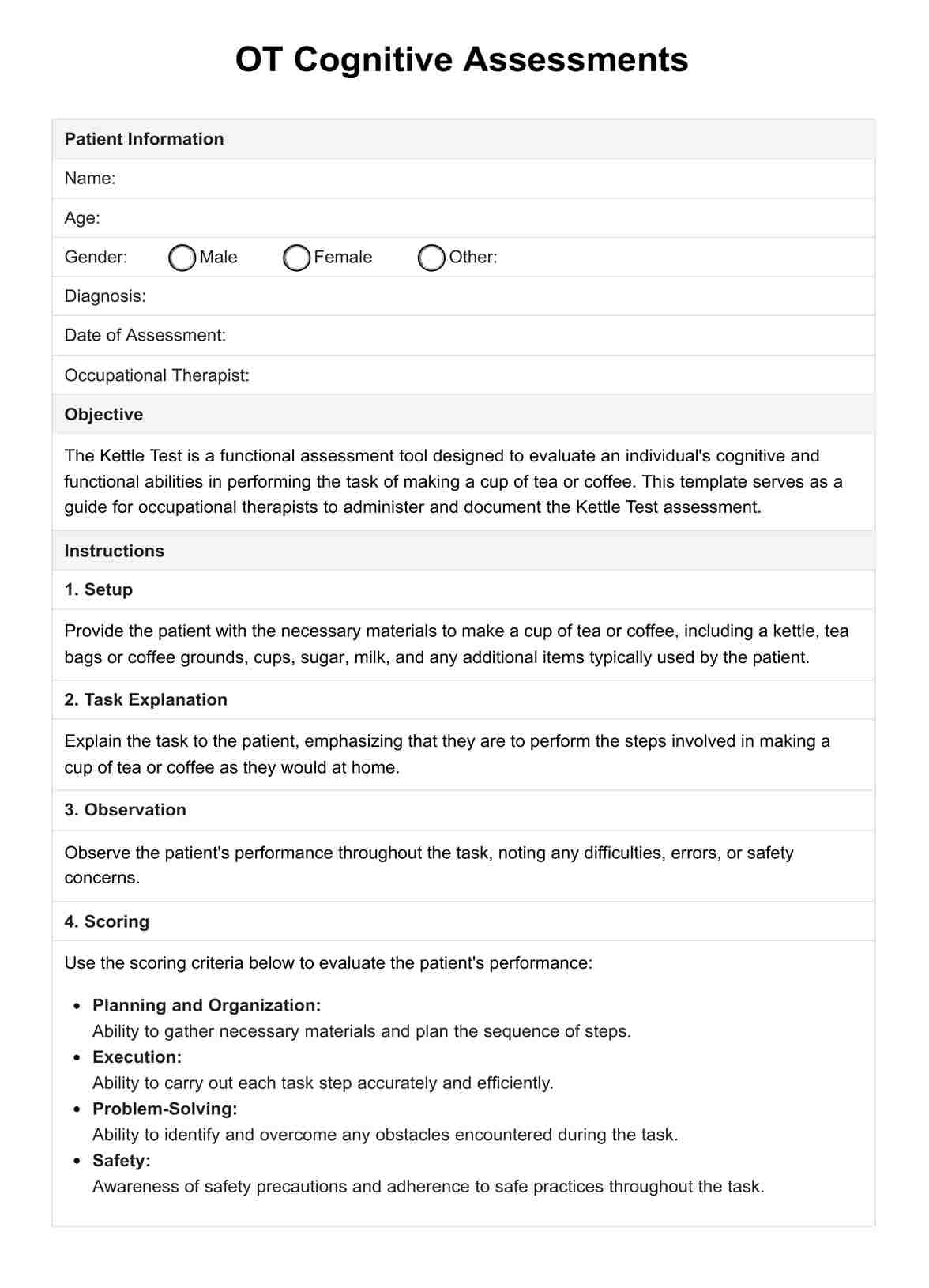
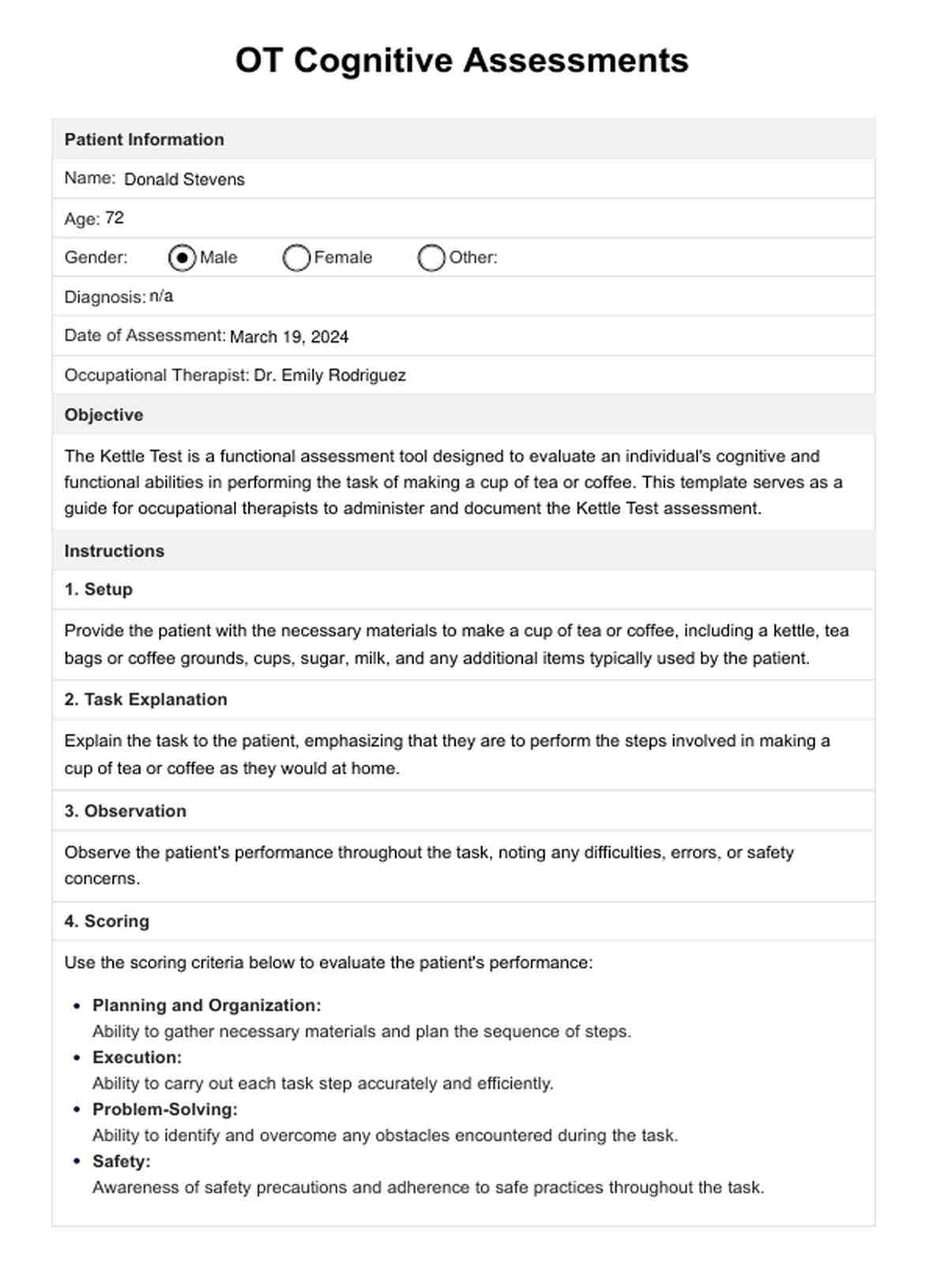

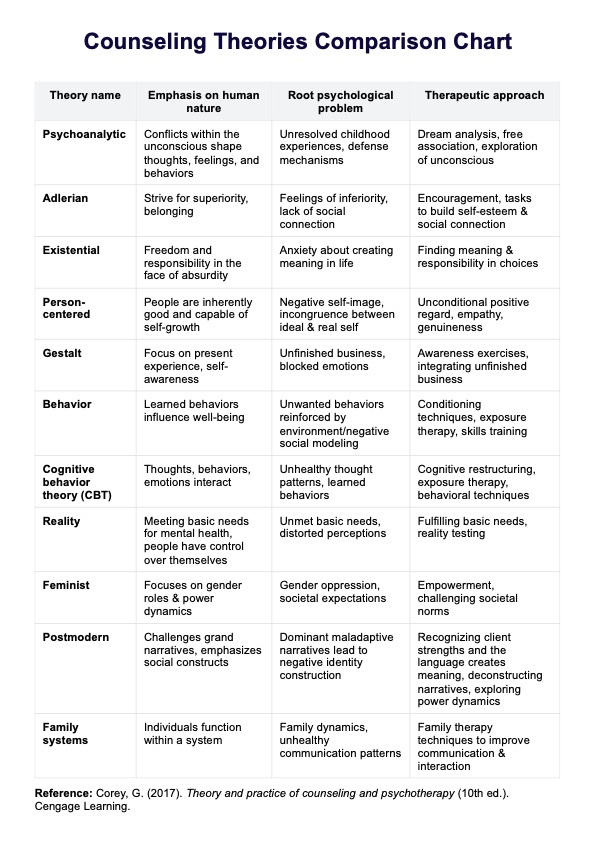
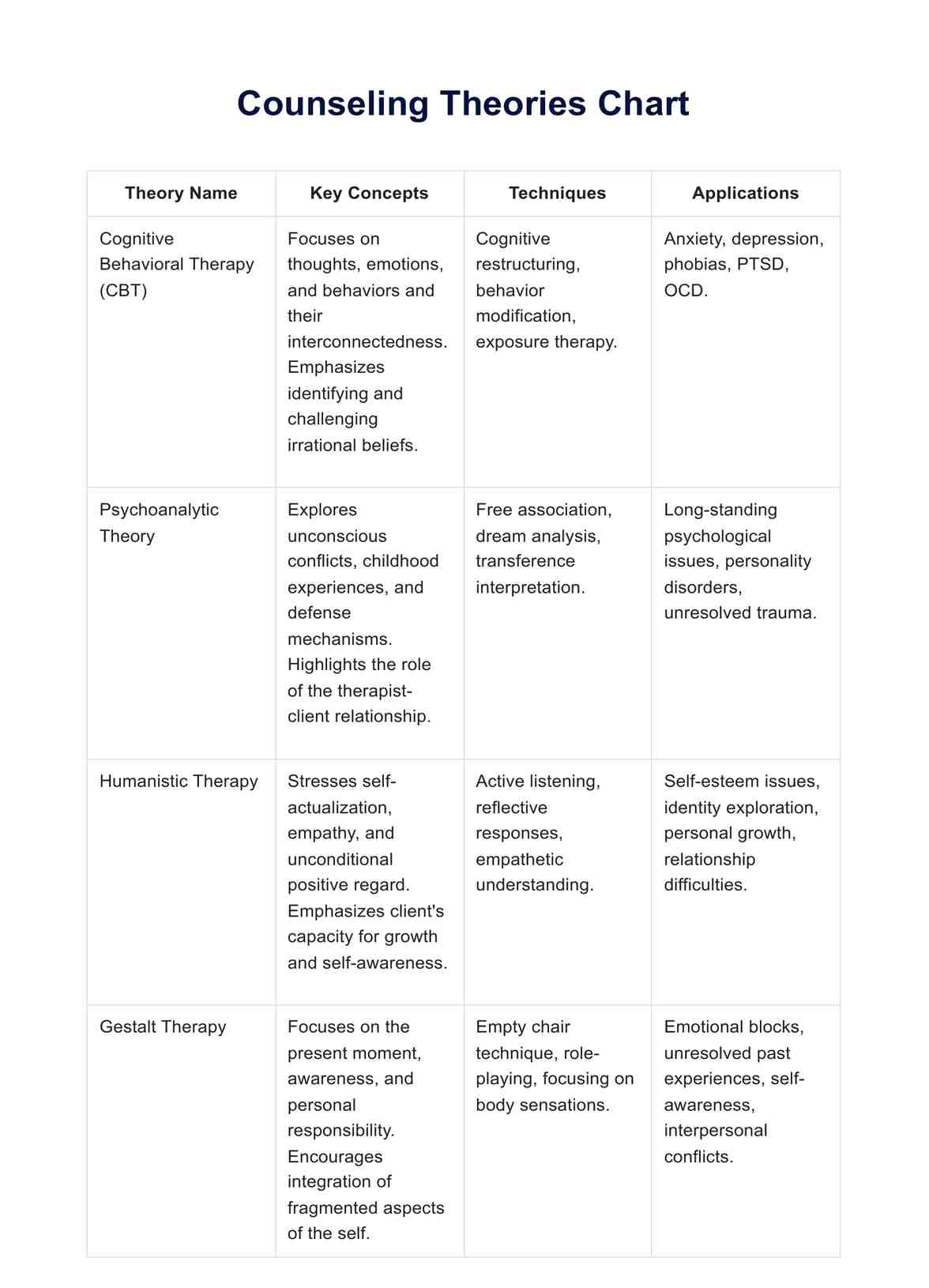




















-template.jpg)














































































